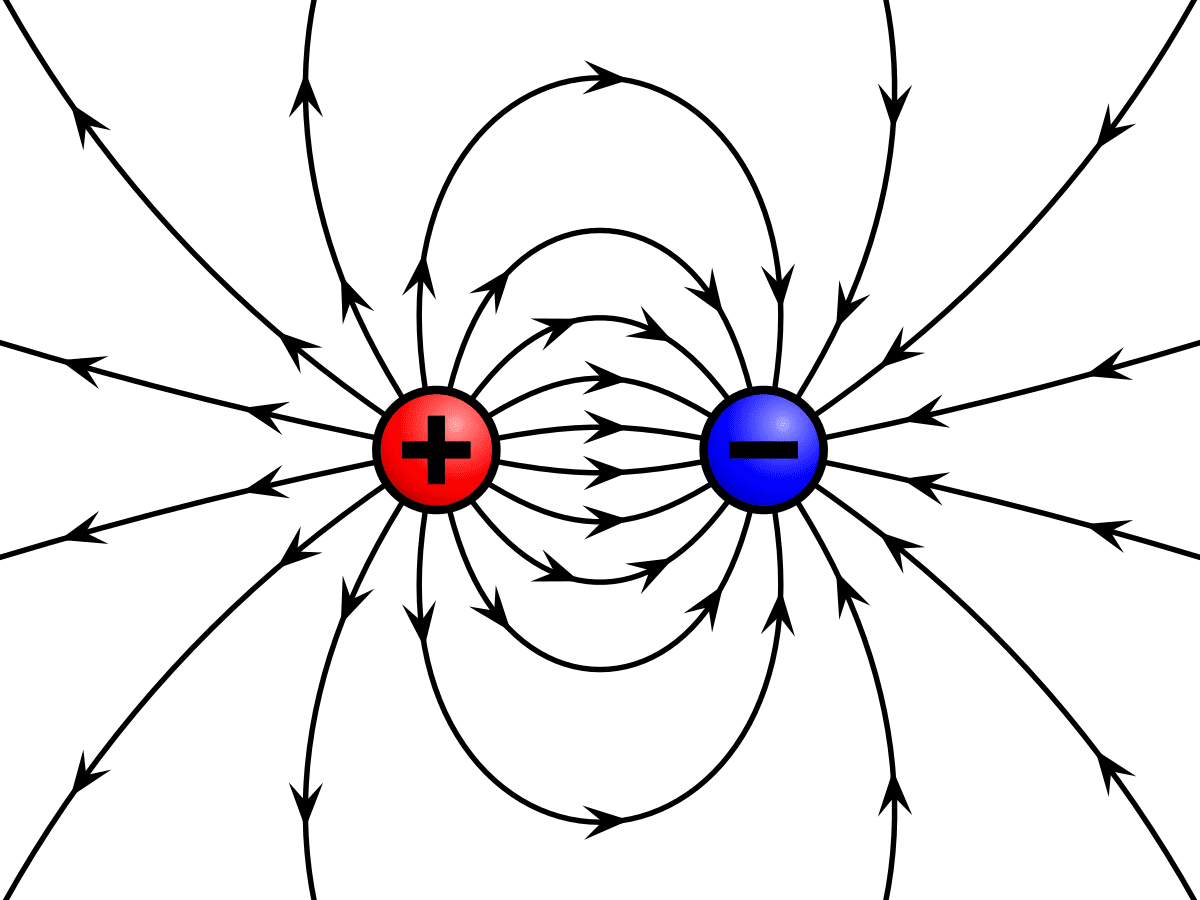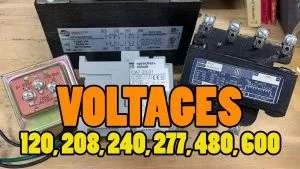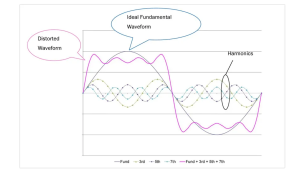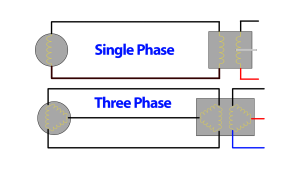What Is Electric Charge?
Electric charge is a fundamental property of matter that governs how objects experience electric forces. It is one of the cornerstones of electromagnetism. Encompassing a variety of phenomena including electric fields, magnetic fields, and their interactions. Let’s move forward and discuss the nature of electric charge. We will explore its characteristics, the laws governing its behavior, and its role in the generation of electric current.
Fundamental Properties of Electric Charge
Electric charge is a basic property of charged particles such as protons and electrons. It comes in two types, commonly referred to as positive and negative:
- Positive Charge: Carried by protons, which are located in the nucleus of an atom.
- Negative Charge: Carried by electrons, which orbit the nucleus of an atom.
Positive and negative charges attract each other, while like charges (positive with positive, negative with negative) repel each other. Another interesting fact is that the total electric charge in an isolated system remains constant. Which means that charge can neither be created nor destroyed, only transferred from one object to another.

Charge is quantized, meaning it occurs in discrete units. The smallest unit of charge is represented by the elementary charge (e). Which has a magnitude of approximately 1.602 x 10-19 coulombs. Negative charge additionally carries a negative symbol with it: -1.602 x 10-19 coulombs. All observable charges are integer multiples of this elementary charge. Meaning we can multiply each charge by the number of total charges present (1, 2, 3, 4…). There is no such thing as a 0.5e or -0.7e charge.
When discussing electric current, or the flow of coulombs of electric charge, one ampere is roughly one coulomb of charge flowing per second, or put another way, about 6.424 x 1018 electrons flowing per second. That is, 6,424,000,000,000,000,000 (6.4 quintillion) electrons flowing past a point, per second! Therefore, when we talk about a current of one ampere, we are referring to an enormous number of electrons flowing or vibrating per second.
Conductors and Insulators
There are certain materials that conduct electric current extremely well. Thus, a flow of charge can be established through the material. Other materials allow current flow but aren’t excellent at doing so, while some do not allow current at all because of the structure of their atomic makeup and molecular bonding.
Materials respond to electric charges based on their atomic structure, which dictates their ability to conduct electric charge. Conductors are materials that allow electric charge to flow freely through them. Metals are typical conductors used in electrical systems. This is because they have free electrons throughout the lattice structure of the material which are not bound to any particular atom, and can move easily through the material. Semiconductors and superconductors are variations of conductors who’s conditions may be altered to control specific amounts of current or resistance, but are still a type of conductor.

Insulators, on the other hand, are materials that do not allow free flow of electric charges. In insulators such as rubber, glass, and plastic, electrons are tightly bound to their atoms and cannot move freely. This makes it very difficult for an electric current to travel through the atomic structure of the material – which is why we use insulating material on gloves and boots when working around live circuits.
Induction and Polarization
Electric charge can also induce effects without direct contact; meaning one object can cause a change in another object without touching. Induction is a method of redistributing the charge within an object by bringing a charged object near it without touching. This process can cause one side of an object to become more positively charged and the opposite side more negatively charged.

Polarization, on the other hand, occurs in insulators when an external electric field displaces the nucleus of each molecule slightly, causing a shift in charge alignment, even though the overall molecule remains electrically neutral.
Coulomb’s Law
The force between two charges is quantified by Coulomb’s Law, which states that the magnitude of the electrostatic force between two point charges is directly proportional to the product of the magnitudes of the charges and inversely proportional to the square of the distance between them:
Where:
- F is the magnitude of the electrostatic force between the two charges.
- 𝑞1 and 𝑞2 are the amounts of the charges.
- 𝑟 is the distance between the centers of the two charges.
- 𝑘 is Coulomb’s constant (
), which depends on the medium in which the charges are located and the system of units used.
In simple terms this means a few things:
- The force increases if the cumulative charges on the objects are larger.
- The force decreases as the distance between the charged objects increases.
- Charges of the same type (both positive or both negative) will repel each other.
- Charges of opposite types (one positive, one negative) will attract each other.
Electric Current
When electric charges move, they create an electric current. This flow of charges is what powers much of our modern technology, from lighting and heating to computing and telecommunications. Electric current is defined as the flow of electric charge through a conductor. We measure this in amperes (A), where one ampere represents one coulomb of charge passing through a given point per second.

By convention, the direction of electric current is defined as the direction in which positive test charges would move if introduced to an electric field; even though, in many cases (such as in metals), the actual charge carriers are electrons and move in the opposite direction.
For current to flow, there must be a source of potential difference (voltage) that creates an electric field from one end of a conductor to the other end; which exerts a force on the charge carriers, causing them to drift in a particular direction through the conductor. Check out “Electric Current: The Flow of Electricity” for more on electric current.
Alternating Current (AC) and Direct Current (DC)
Electric current can be classified into two types: alternating current (AC) and direct current (DC).
- Direct Current (DC): In a DC circuit, the flow of electric charge is constant, and the charges move in a single direction. Batteries, solar cells, and power supplies provide DC.
- Alternating Current (AC): In an AC circuit, the flow of electric charge periodically reverses direction. The charges oscillate back and forth, and the speed of this can change depending on the application. In homes, for example this is sped up to a vibration which oscillates back and forth 60 times every second. AC is commonly what we use in power grids and many household devices.
Excessive Current Flow:
One of the biggest things electricians do everyday is size conductors for specific equipment. The reason for this is to minimize the risk of the conductors overheating. Which causes the insulation around them to melt and create serious hazards. If too much current flows through a conductor, it can lead to various issues:
- Heating: Excessive current causes an increase in resistance in the conductor. Resulting in heat generation due to collisions between charge carriers and atoms in the conductor. This heat can damage the conductor or connected devices.
- Electrical Fires: If the heat generated by excessive current becomes too high, it can potentially melt or ignite the insulation surrounding the conductor, leading to electrical fires.
- Electromagnetic Interference (EMI): High currents can create strong electromagnetic fields that interfere with nearby electronic devices or communication signals.
- Component Damage: Currents beyond the rated capacity of electronic components can permanently damage or destroy them.
To mitigate these risks, electricians must understand wire types and sizes. As well as how to appropriately match them to equipment , fuses, and circuit breakers to limit current flow and protect circuits from overcurrent conditions.

To understand overcurrent, imagine an incandescent light bulb filament glowing red hot, emitting light. This is ok inside of a lightbulb because they’re designed to do this. However imagine this is a conductor inside a wall of a home. Too much current flowing through too small of a conductor can literally make it glow red hot and melt the protective insulation around the conductor. If this conductor is in a wall with flammable materials such as wood and insulation it can ignite these materials and start a fire.
Conclusion
The study of electric charge and current is vital for understanding the fundamental principles of electromagnetism and its practical applications in everyday technology. By exploring how charges interact, how they are conserved and quantized, and how they flow to create current, we gain insights into the electrical forces that influence the physical world. This knowledge not only enhances our understanding of fundamental physics but also enables the continued development of electrical technologies that power our modern life.






